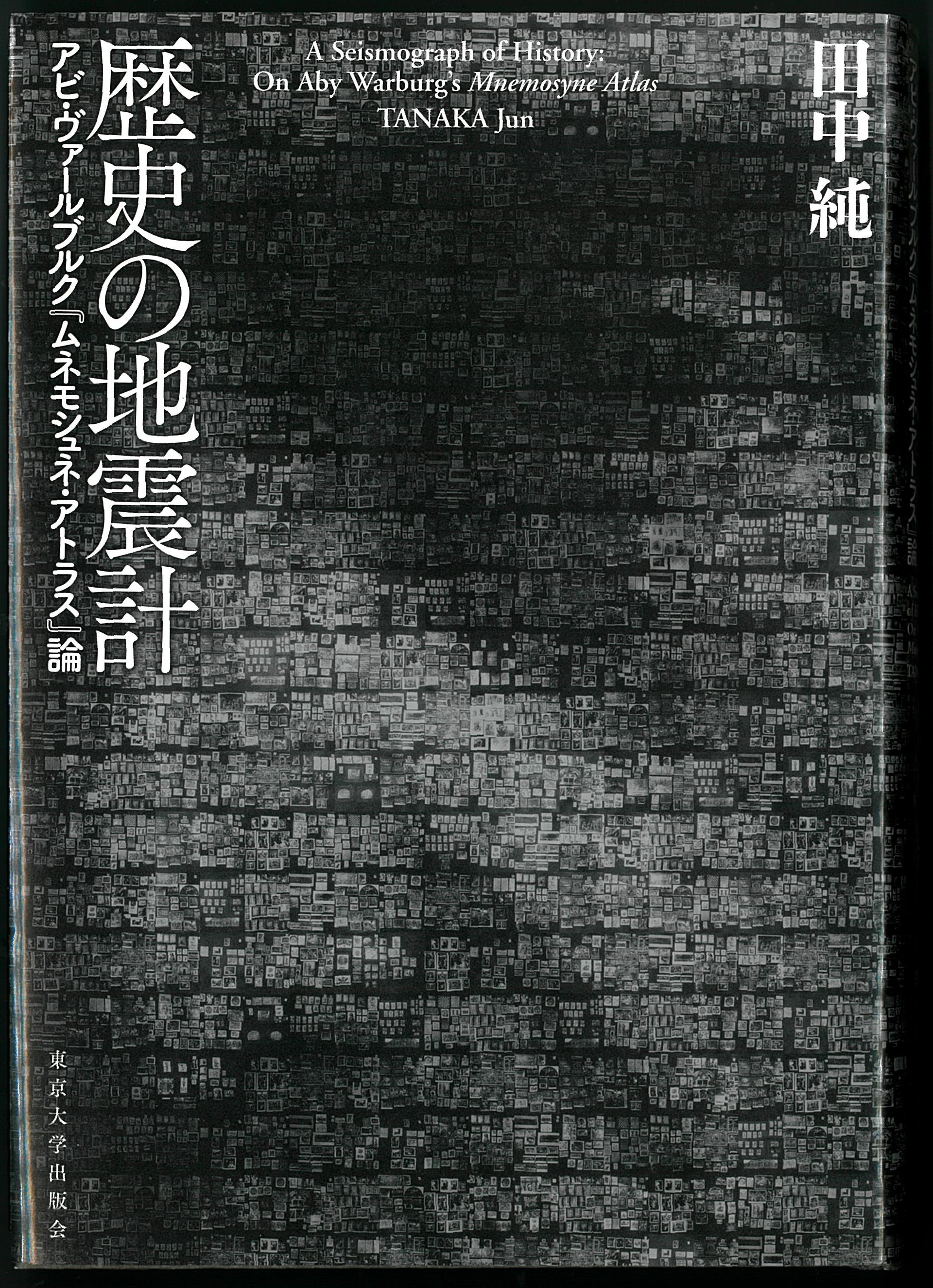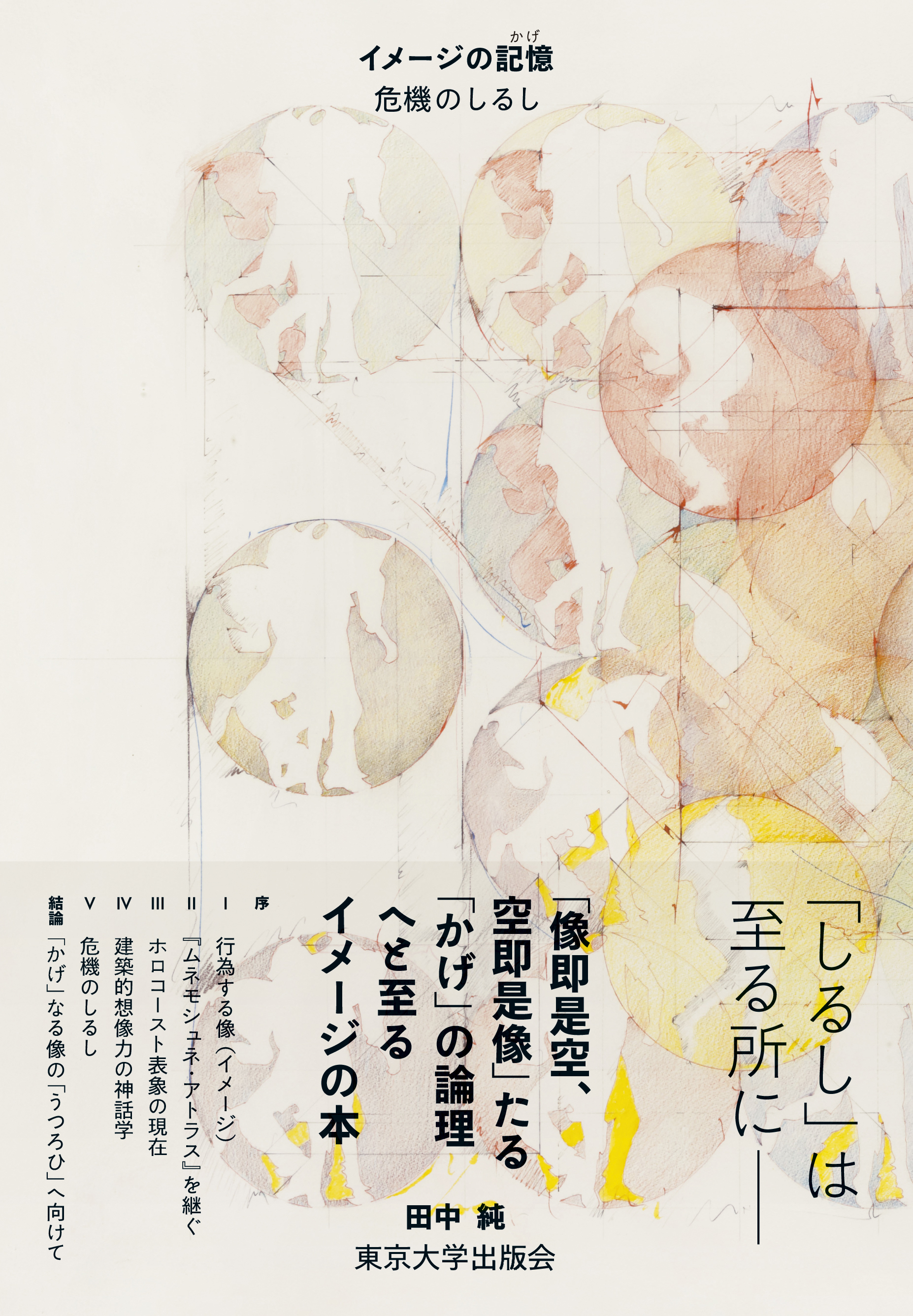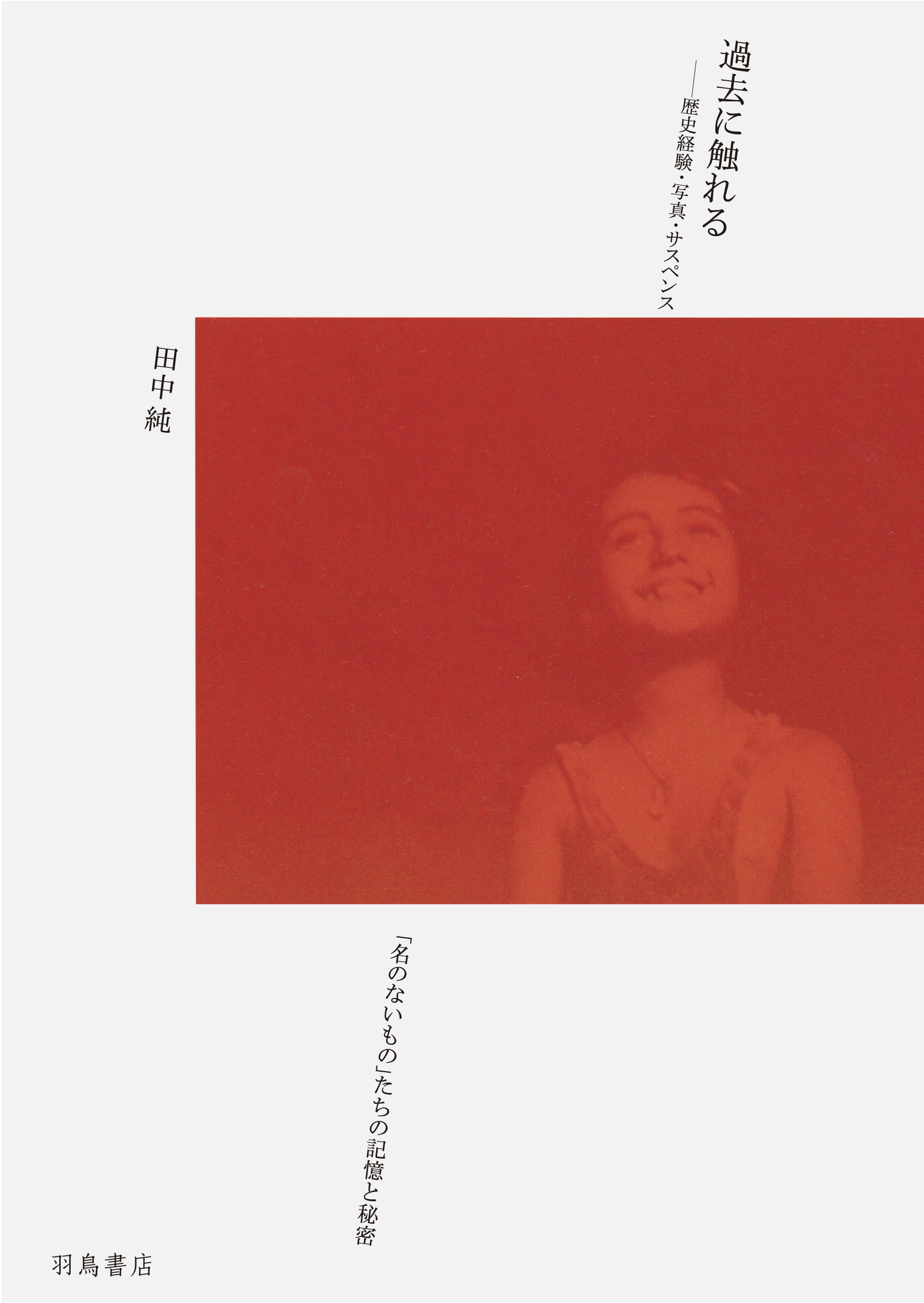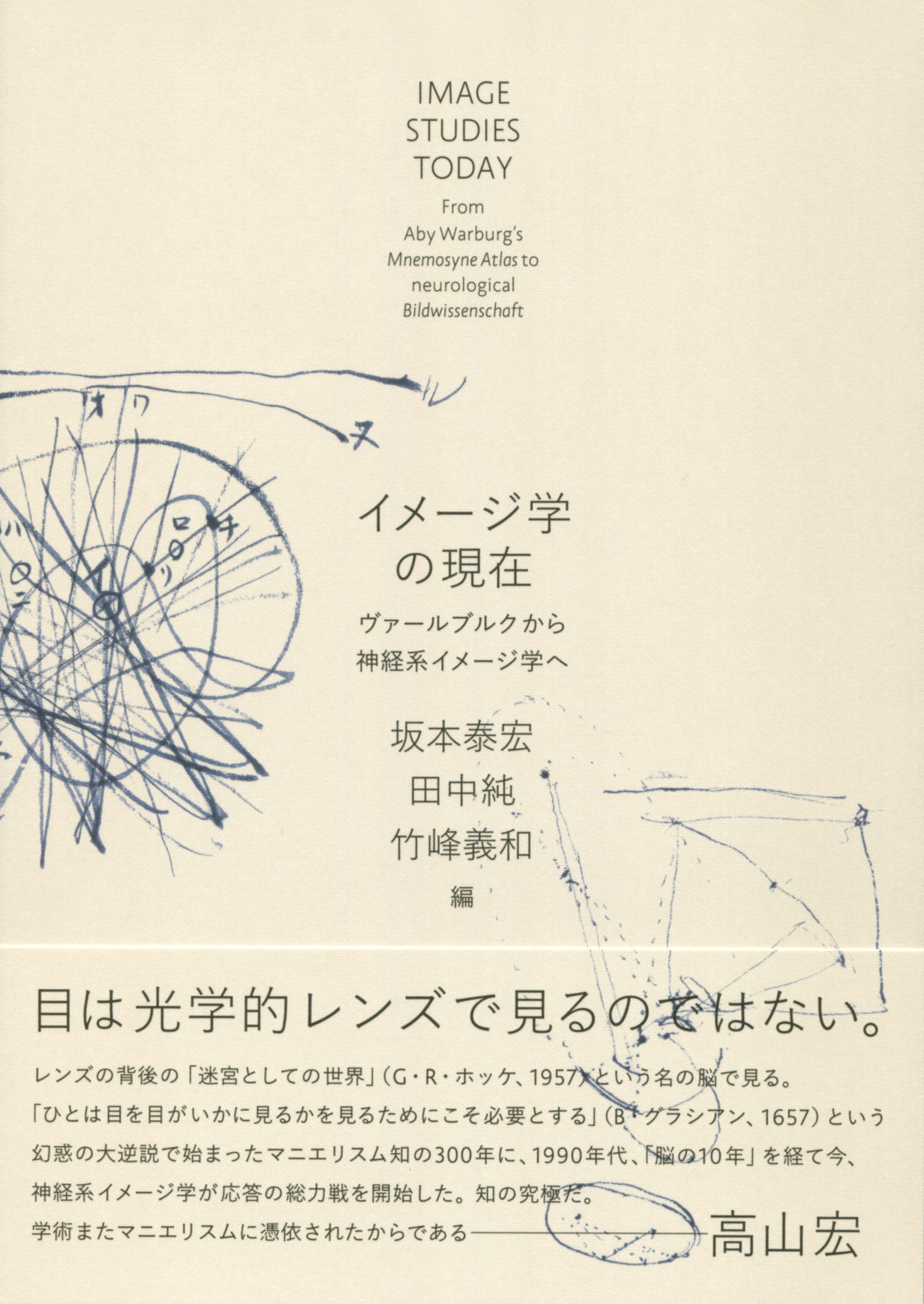
Title
Rekishi no jishinkei (A Seismograph of History: On Aby Warburg's Mnemosyne Atlas)
Size
376 pages, A5 format
Language
Japanese
Released
August 15, 2017
ISBN
978-4-13-010132-5
Published by
University of Tokyo Press
Book Info
See Book Availability at Library
Japanese Page
This book analyzes the myriad network of images that constitute the final project of German Jewish cultural historian Aby Warburg. This image network is known as the Mnemosyne Atlas. Warburg referred to this project as an "Image Atlas (Bilderatlas)." It is made up of nearly 1,000 various images that are arranged on a series of dozens of black screen panels that include artwork spanning from antiquity to twentieth-century Europe. The analyses in this work primarily focus on the 63 panels (from documentary photographs) of the "final version" that remained at the time of Warburg's passing.
The Mnemosyne Atlas’s two major themes involve images of astrological constellations and human gestures that call forth intense emotion (what Warburg called the "pathos formula (Pathosformel)"). Within the Mnemosyne Atlas, these two themes are sometimes interrelated, and generally follow the flow of trends throughout the ages.
In this book, an attempt is made to macroscopically grasp the overall structure of the final version of the Mnemosyne Atlas. This structure is approached in the first chapter by showing the relationship between the panels in a diagram that is referred to as the "Mnemosyne Atlas's periodic table" and "Warburg's Celestial Sphere (sphaera warburgiana)." Detailed analyses of Panel 46 and Panel 79 are included as a means for understanding the panels individually. The author has exhibited full-size reproductions of the panels from the photos. In this book, the intentions that guided the planning and organization of the exhibition are recorded. Additionally, this book folds in some added commentary about a newly created panel that copies the methods of the Mnemosyne Atlas. In this new panel, two symbolic systems of the "nymph" and the "atlas" are used to express the genealogy that is forming in the images of the period following Warburg's death. Further, through critical synopses concerning Georges Didi-Huberman's two major works on Warburg, the hope is to open up the Mnemosyne Atlas, as well as future prospects of studies involving Warburg through the ideas and commentary of these works.
In the epilogue, focus turns to the historical experiences of Warburg as a historian that emerge through the Mnemosyne Atlas. At the time, guidance came in the form of Warburg somewhat likening himself to Burckhardt and Nietzsche by using the metaphor of him being a "seismograph" that could sense "waves of memory" from the past. This seismograph sharpened all of his senses, and he tried to grasp the minute "vibrations of history." Warburg's unique sensory experiences and physicality should be noted in this case. The discussion in this epilogue is deeply entrenched in the contents of an earlier work called Touching the Past: Historical Experience, Photography, Suspense; the theories about Warburg in this book bridge from the theories about historical experiences in the former.
(Written by TANAKA Jun, Professor, Graduate School of Arts and Sciences / 2018)



 Find a book
Find a book




